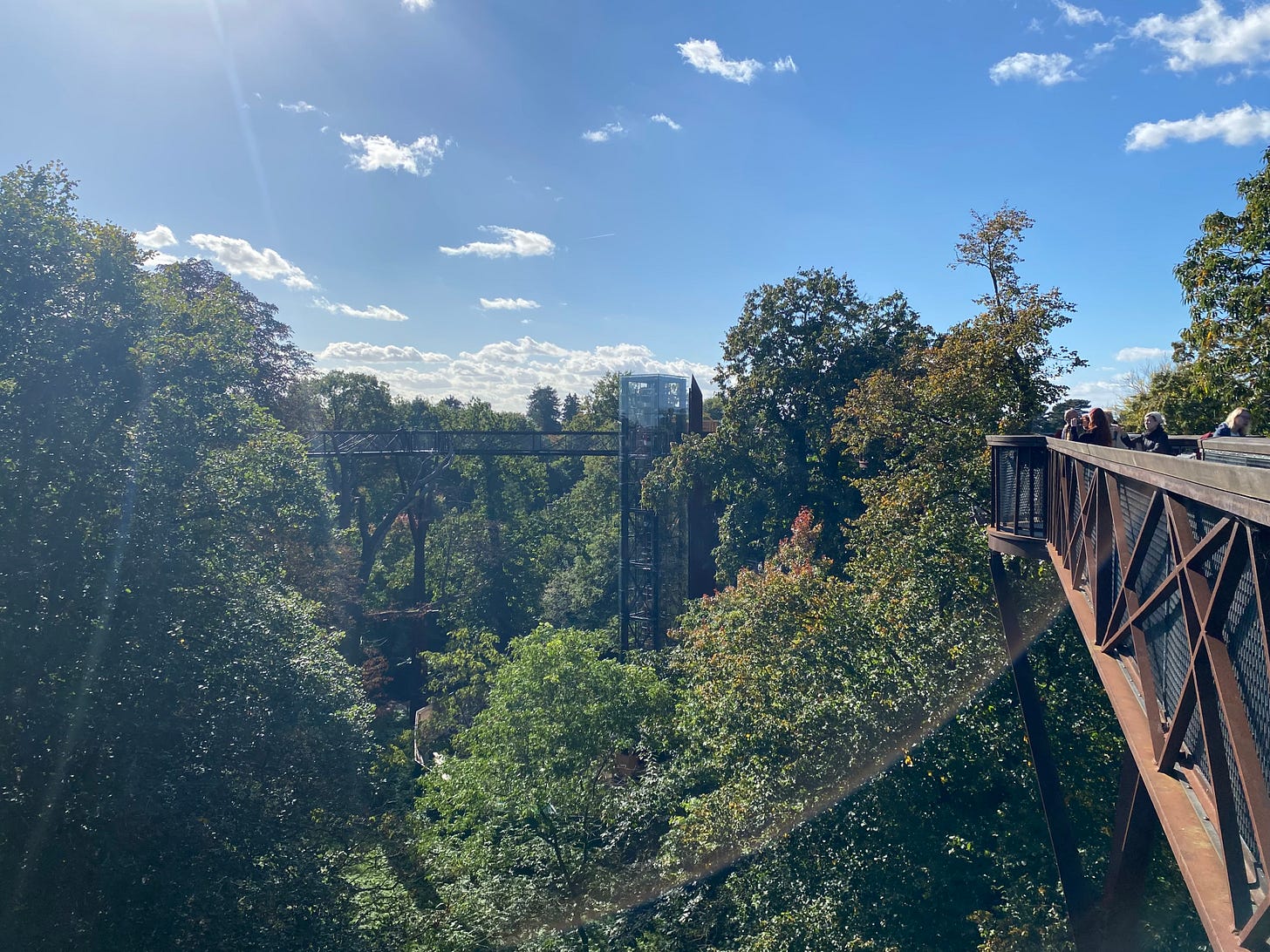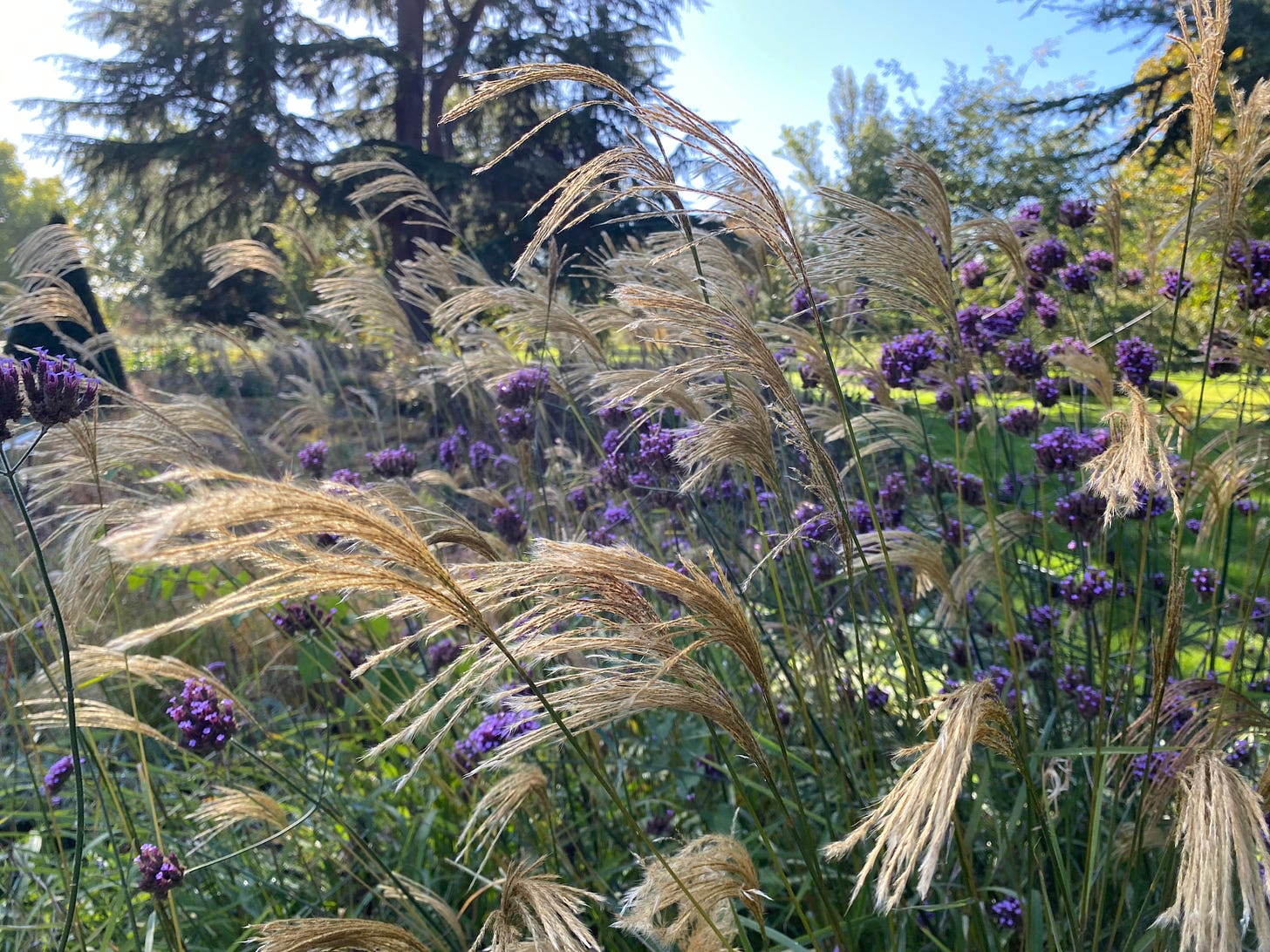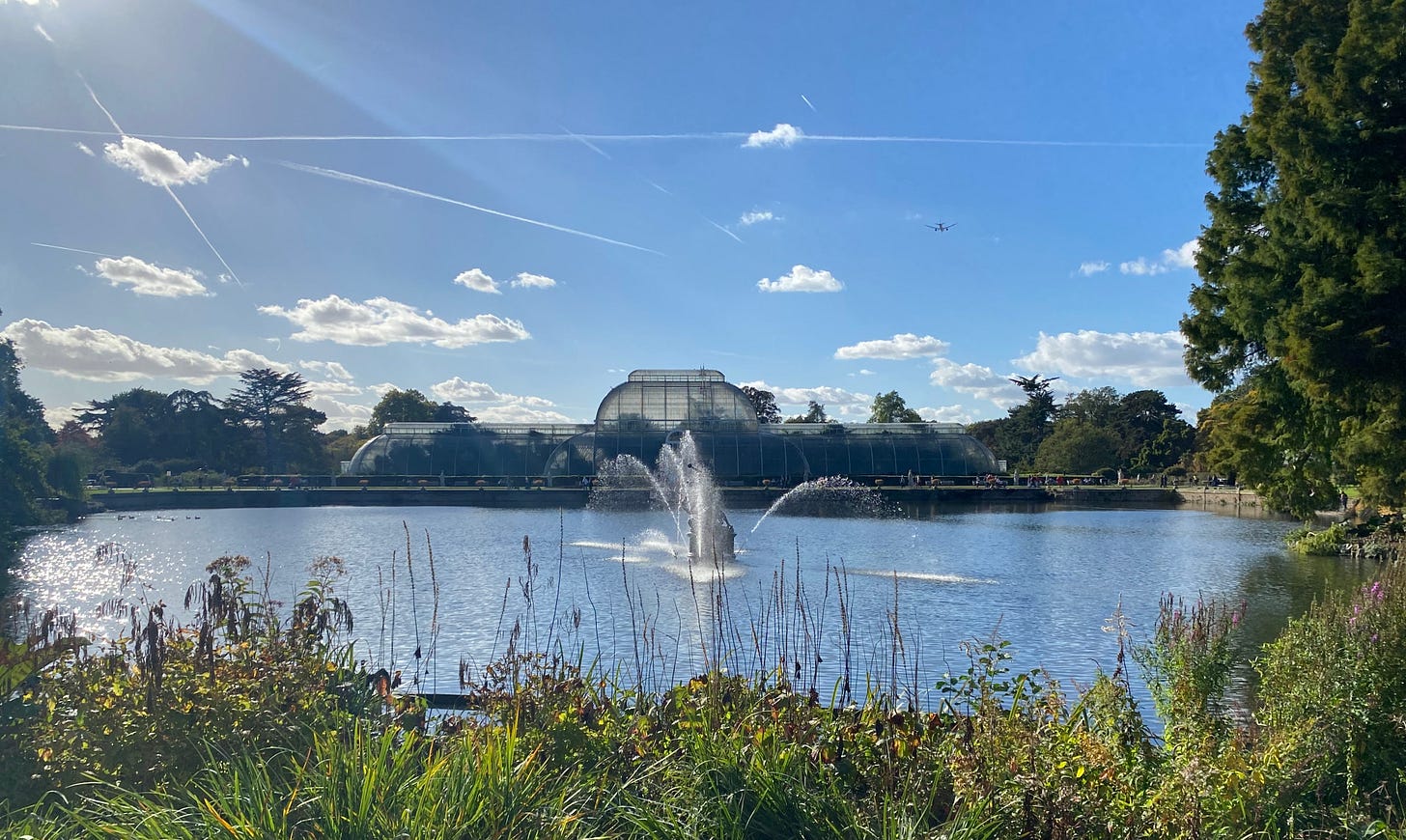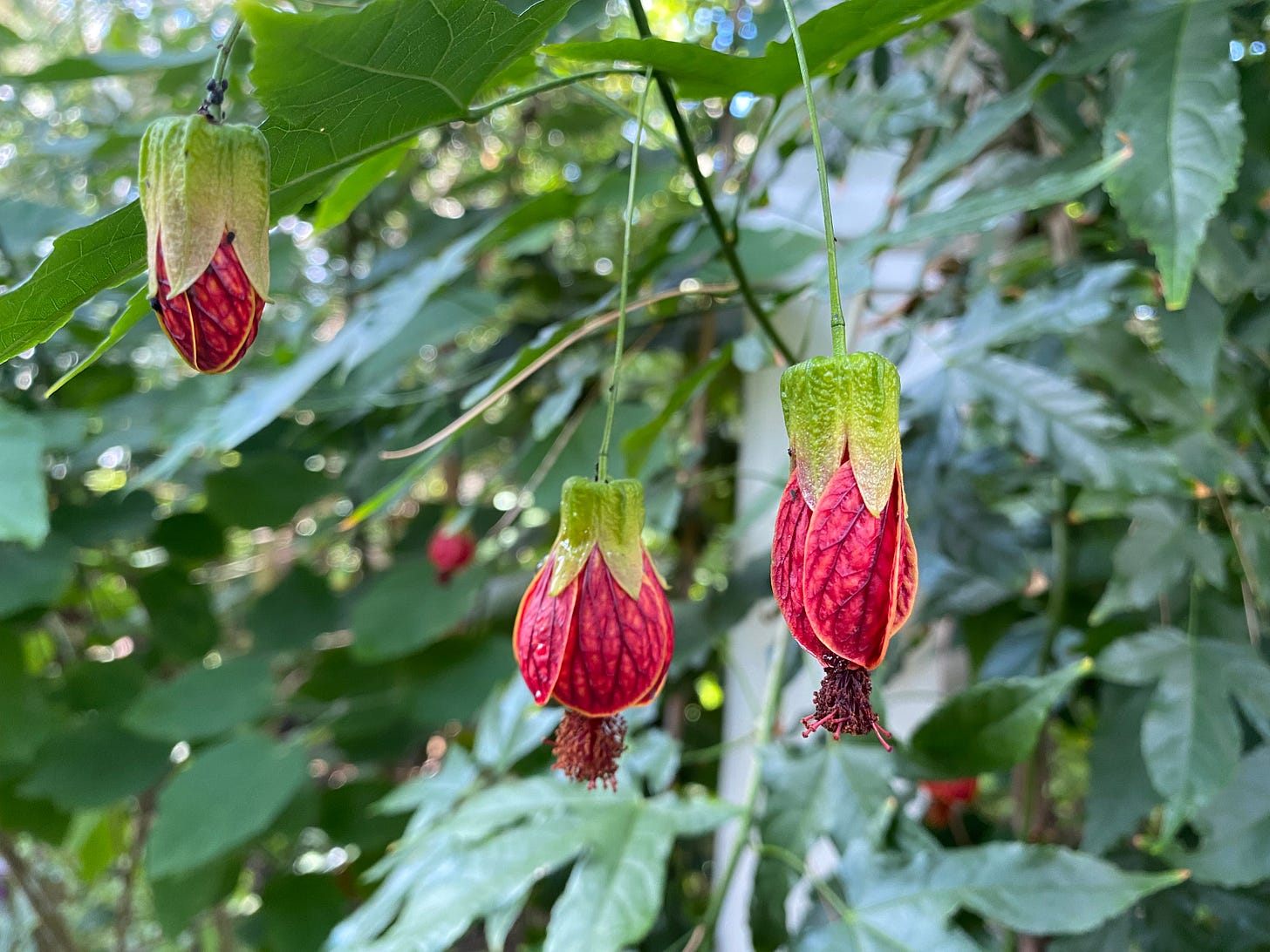Right on Kew: the gardens where botany and beauty collide
Looking back on a magical weekend at one of the most important botanical institutions in the world
There are gardens, and then there’s Kew.
Because actually, for all its herbaceous borders, and its woodland walks, and its fruit and veg beds, and its complementary planting schemes, Kew isn’t really a garden; it is a museum. No scratch that, it is a laboratory.
Of course it still requires a team of trained horticulturists to plant, prune, preen and generally maintain the exquisite herbal displays. But as an institution, the business of Kew is nothing as trifling as how to make a garden look pretty; or to attempt to breed a commercially successful new cultivar with good upright stems and scented blooms. No, the business of Kew is botany.
So much of horticulture, of gardening really, as it is practised today, is about tinkering with nature, or at the very least manipulating it, for our sake. But what strikes you the second you enter one of Kew’s cavernous glasshouses – as well as a blast of hot, humid air – is that this is space devoted to understanding nature. And more importantly still, devoted to preserving it.
There are specimens growing in the glasshouses at Kew that no longer exist in the wild. We all know about the plight of the panda, or how orangutans and rhinos and many more species besides are on the brink of extinction. These amazing mammals tug at our heart strings and we rightly celebrate efforts to save them and their habitats.
But what about the St Helena Redwood (Trochetiopsis erythroxylon)? What about the Golden Fuchsia (Deppea splendens)? What about Yellow Fatu (Abutilon pitcairnense)? Thanks to the actions of colonising humans and the animals that they introduced – goats have a lot to answer for! – these plant species and many, many more are now officially extinct in the wild. But you know where they still can be seen? You guessed it: Kew.
Over the years, Kew botanists have not only displayed endangered plants as part of some morbid museum collection, but crucially they have worked with local groups and governments around the world to help reintroduce them into the wild. There are thriving plant populations across the globe who owe their very existence to the work of Kew botanists. I don’t know if you can tell, but I’m really rather taken with the place.
But why am I banging on about the Royal Botanic Gardens, Kew, a UNESCO World Heritage site and Mecca for plant lovers the world over? Let’s rewind.

Thirteen years ago, I met Ruth. Back then, she was a stranger. Today, she is my wife. That status shift didn’t happen overnight, and were it not for our both attending the same Halloween party, it may not have happened at all. We have Natalie to thank for that. It wasn’t Natalie’s party, but she was very much the facilitator of mine and Ruth’s introduction.
Not long after that fateful night, Natalie departed for Los Angeles. She felt the siren call of Hollywood, beckoning her from across the Atlantic. Natalie being Natalie, her hopes and dreams were not dashed upon the rocks, like so many others who feel that same call, but landed very much on her feet.
Eventually, she met Rob. Fast forward a few years, and here we are (or rather were, last weekend), standing in the Nash Conservatory at Kew Gardens, dressed in our finest formalwear, watching Natalie and Rob exchange marriage vows in what must surely be one of the most spectacular wedding venues imaginable.
I’ve been to a good few weddings in my time, but this was special. It is a brilliantly bizarre thing to stand under the pyramidal glazed roof of the Princess of Wales Conservatory, glass of fizz in hand, clad in suit and tie, whilst gazing through jungle mist at a Giant Waterlily (Victoria amazonica).
It was a beautiful wedding, and I loved every moment, but I knew that it wouldn’t provide the calmest context in which to explore the grounds at Kew Gardens. Which is why I headed down earlier that same weekend, while Ruth busied herself with bridesmaid duties and our son was in the care of his grandparents.
If you pushed me for one takeaway from my time at Kew – you know, the kind of cutting, killer observation that warrants asking readers to consider becoming paid subscribers – it would be this: Kew is big.
No but really, it is massive. And not just in the sense that the physical area that it occupies is large (though at over 500 acres, it is), but because there are 50,000-plus plants growing there, and not a single one is a dud. Every couple of steps you are forced to stop, to look, to slip your phone out of your pocket and snap a pic. There is an overwhelming abundance of interest and beauty.

By the end of my five hour expedition, I had gone completely plant blind. I took so many photos that my phone ran out of battery. I walked so many thousands of steps that my knees and heels ached from the exertion. I saw so many plants, read so many explanatory displays, processed so much visual information, that my brain went into overdrive – a bit like when an old computer starts making that worrying whirring sound, as if it might burst into flames at any moment.
It is the most incredible challenge – and in my mind also the most anxiety-inducing responsibility – to curate a series of garden spaces and glasshouse rooms that must not only look good for a season or two, but also serve as living museum pieces in perpetuity. I am in awe of the plant-loving researchers and hands-on horticulturists who are responsible for keeping Kew the vibrant, dynamic, useful and educational resource that it is today, and not merely an unfortunate relic of a colonial, plant-hunting past.

If you haven’t been to Kew, and you have the means, you must go immediately. And if you haven’t yet got married, and you have the means, you must hold your wedding at Kew. And more to the point, you must invite me.
As I mentioned in the post, I have a lot more photos that I took at Kew. And there are so many aspects of my visit that I haven’t even touched upon. Will I keep these up my sleeve for a future instalment? Probably!










Lovely words Dan!
We visited Kew once, but with small children in tow. There was no way we could absorb even a fraction of all they have to offer. Unfortunately a return visit didn't quite mesh with our recent travel itinerary either. Your experience has me thinking it should be on our "must see" list the next time around.